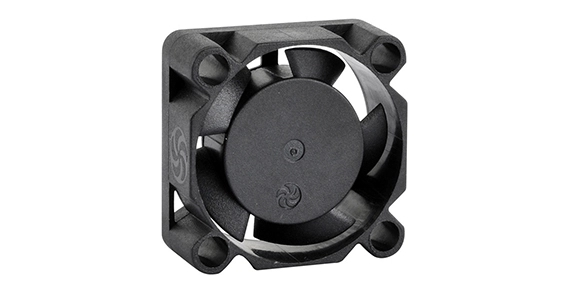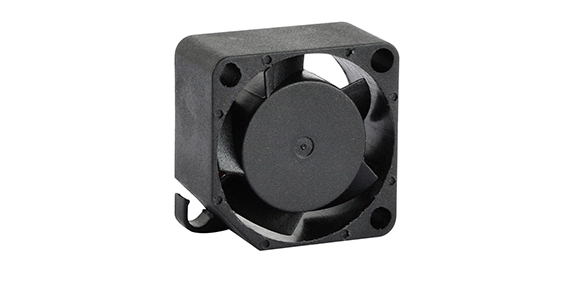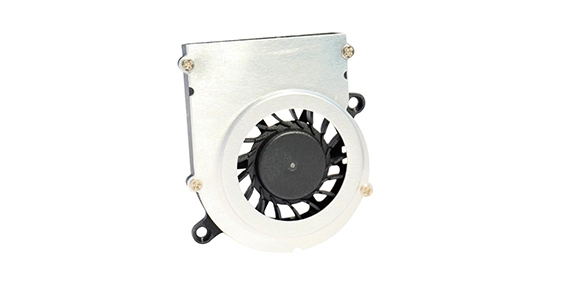Fridge fans play a crucial role in maintaining the temperature and airflow inside a refrigerator. They help in circulating cold air throughout the fridge compartment, ensuring that all the items are uniformly cooled. However, like any other mechanical component, fridge fans can also encounter issues over time. In this article, we will discuss some common problems with fridge fans and provide solutions on how to troubleshoot and fix them.
How to troubleshoot a noisy fridge fan
One of the most common issues with fridge fans is excessive noise. If you notice a loud humming, buzzing, or rattling sound coming from your refrigerator, chances are that there is a problem with the fan. Here's how you can troubleshoot it:
Check for any obstructions: Start by inspecting the area around the fan. Objects or debris blocking the fan blades can cause it to make noise. Carefully remove any obstruction and see if the noise disappears.
Clean the fan blades: Over time, dust and dirt can accumulate on the fan blades, leading to increased friction and noise. Switch off the fridge and unplug it from the power source. Use a soft brush or a cloth to gently clean the fan blades. Make sure to handle the blades with care to avoid any damage.
Tighten screws and bolts: The fan assembly is held in place by screws and bolts. With regular use, they may become loose, causing the fan to vibrate and create noise. Using a screwdriver or a wrench, carefully tighten any loose screws or bolts that secure the fan assembly.
How to replace a broken fridge fan motor
If your fridge fan is not working at all or is making unusual and consistent noise even after troubleshooting, it may be time to replace the fan motor. Here are the steps of axial fan uses on how to replace a broken fridge fan motor:
1. Disconnect the power: Before beginning any repair work, always unplug the refrigerator from the power source to avoid electric shocks.
2. Locate the fan motor assembly: The fan motor is usually located behind the fridge's back wall or inside the freezer compartment. Remove any shelves or covers that may be obstructing the access to the motor.
3. Disconnect the fan motor wires: Identify the wires connected to the old fan motor and carefully detach them. It is advisable to take photographs of the wiring connections to ensure proper reassembly later.
4. Remove the old fan motor: Unscrew the mounting screws that secure the fan motor assembly in place. Gently pull out the motor, keeping it at an angle to avoid damaging any surrounding components.
5. Install the new fan motor: Take the new fan motor and position it in the same way as the old one. Secure it with the mounting screws and reconnect the wires using the reference photos.
6. Reassemble the fridge: Put back any shelves or covers that were removed earlier. Ensure that all the connections are secure and the new fan motor is properly installed.

How to defrost a fridge fan that is frozen
In some cases, the fridge fan may become frozen due to a buildup of ice, preventing it from running smoothly. Defrosting the fan can often resolve this issue. Here are the steps to defrost a frozen fridge fan:
1. Turn off the fridge: Unplug the refrigerator from the power source to ensure your safety during the defrosting process.
2. Empty the freezer: Remove all the items from the freezer compartment and place them in a cooler or another freezer if available.
3. Allow the ice to melt naturally: Leave the freezer door open to let the ice melt naturally. You can place towels on the floor to absorb any excess water.
4. Speed up the defrosting process: If you want to speed up the defrosting process, you can use a hairdryer on a low heat setting. Be careful not to overheat the fan or any other components.
5. Clean and dry: Once the ice has melted, use a cloth to clean up any remaining moisture. Ensure that the fan and its surroundings are completely dry before plugging the refrigerator back in.
Fridge fans are essential for maintaining the proper functioning of a refrigerator. However, when they encounter issues, they can lead to noise and other problems. By following the troubleshooting tips provided above, you can easily identify and fix problems with a noisy fan, replace a broken fan motor, or defrost a frozen fan. Remember to exercise caution and seek professional help if needed to ensure a safe repair process.


 EN
EN 

 +
+
 +
+
 +
+



